How Often Does My Electric Bike Need Maintenance
Written by: Rémy Rossi | May 11, 2025 | Time to read 11 min
Your electric bike is your loyal riding companion—don’t let poor maintenance leave it stranded. With the right care, your e-Bike will go the distance, season after season.

More about the Author: Remy Rossi
Rémy Rossi is a bike writer, mechanic, and educator who got his start in community-based bike shops and co-ops. With a decade in the industry, he still wrenches on bikes when he can and plays bike polo on a fixie.
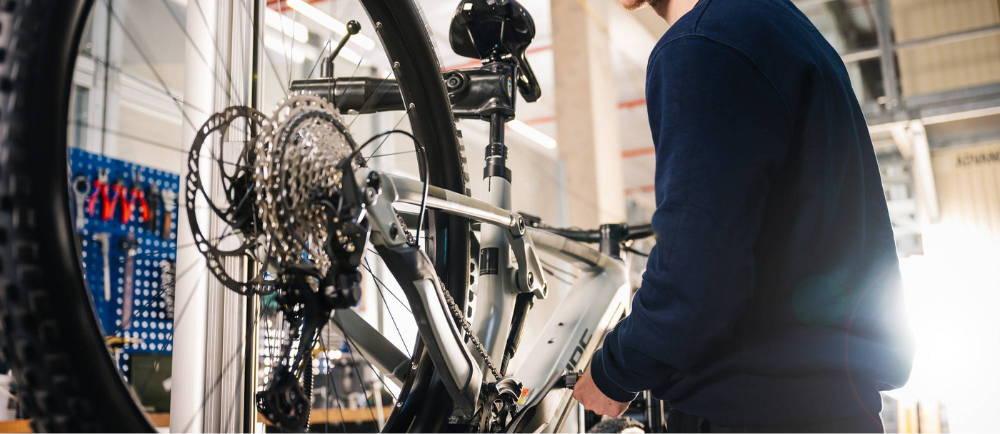
Basic Electric Bike Maintenance Tips
The basics of e-Bike maintenance are similar to those of traditional bicycles. While regular maintenance at home shouldn’t replace regular professional servicing, it can extend your e-Bike’s service life, whether you bought a brand-new model or a used electric bike.
Clean and Lubricate Your E-Bike Regularly
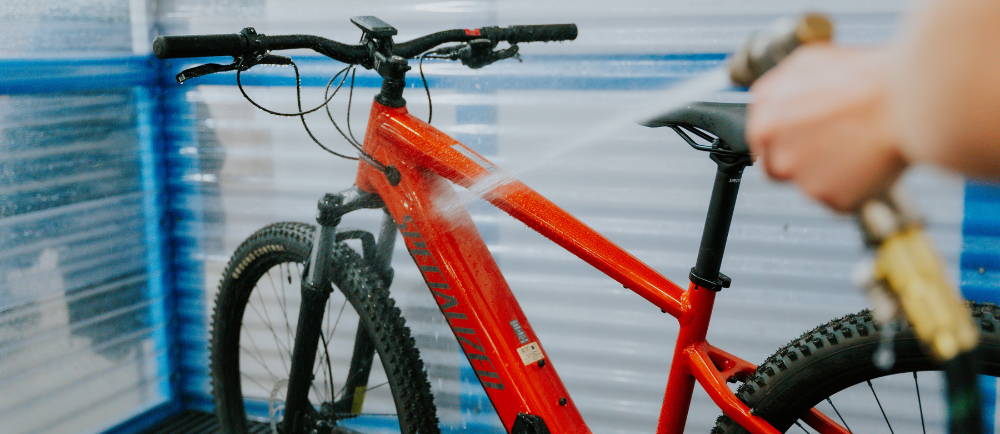
Adjust your e-Bike’s cleaning schedule to your riding habits. For example, if you ride your electric mountain bike in dirt and mud, you may need to clean it more often than a city e-Bike that you primarily ride on paved surfaces.
Use the chain lube sparingly and wipe off the excess. Too much lube will attract more grit. A chain wear indicator tool is an essential accessory for any cyclist. It can help determine how soon you need to replace your chain before it wears out or breaks. E-Bikes apply more force to the chain, so a chain tool is especially useful for electric bike owners.
Treat Your E-Bike Battery with Care
🤝 Why you can trust us for buying an e-Bike?
- Great prices: Get your next e-Bike for up to 60% off retail prices, in new or like-new conditions.
- Quality Guaranteed: Every e-Bike is rigorously certified by a team of professional mechanics, and comes with a 1-year warranty.
- Delivered to Your Door: Delivered to your home within a week. Change your mind? Return it thanks to our 14-day return policy.
Check and Test Your Brakes

- Visually inspect the brakes periodically: Look for signs of wear and tear on the brake pads, discs, calipers, and rotors. Ensure your brake calipers are correctly aligned with each rotor and verify that your pads and rotors are not excessively worn or warped.
- Test your braking lever: When squeezing the brake levers, they should engage smoothly and feel responsive. If you feel looseness, a spongy feeling, or a lack of response, your e-Bike braking system may have an issue.
- Check the brake fluid levels: If your e-Bike has a hydraulic braking system, you may need to inspect the fluid levels periodically. If your brake fluid levels are low, follow the manufacturer’s recommended steps to top it off or bring your e-Bike to a professional technician.
- Give your brakes a live test: Even if every brake component seems to be in working order, a live test can give you valuable information on brake performance. Bring your e-Bike to a safe environment like an empty parking lot. Ride it up to speed, then brake hard to check the stopping distances.
Inspect Your Tires
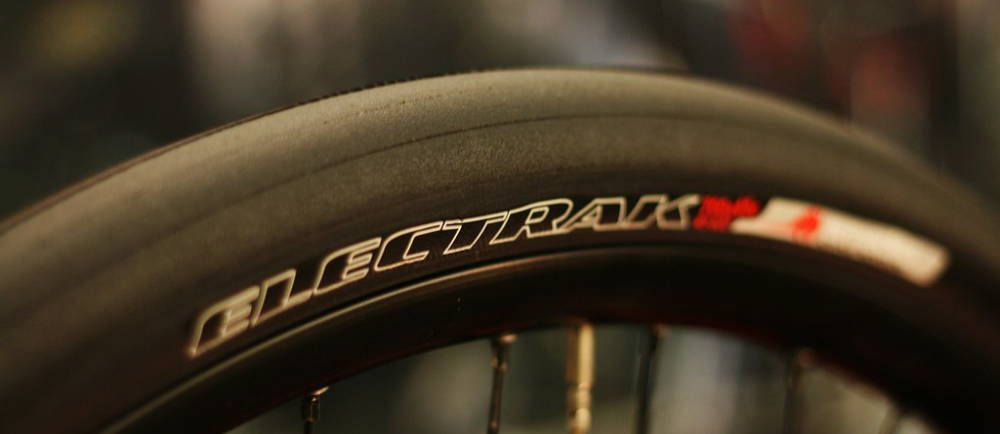
- Mid-drive e-Bikes, such as Trek electric bikes, have motors at the center of the bike, so wheel removal is the same as standard bicycles.
- E-Bikes with hub motors, like Super73 electric bikes, mount the motor on the front or the rear wheel. The disassembly process may require specialized tools if your flat tire is on the hub motor wheel.
🤝 Get an even better discount when you trade in your electric bike now!
Click here for a price estimation
Beach Electric Bike Maintenance Tips

Sand can be abrasive and find its way into various components of your e-Bike, potentially causing damage over time. After a day at the beach, it's essential to give your e-Bike some extra care.
Begin by gently brushing off any sand from the frame, wheels, and components. Take your time to ensure you've removed as much sand as possible. Afterward, use a damp cloth or a bike-specific cleaning solution to wipe down the entire bike, paying special attention to the drivetrain and chain. Sand particles can accelerate wear and tear in these areas.
Winter Electric Bike Maintenance Tips
Winter presents a different set of challenges for electric bike maintenance, especially in cold and snowy climates. Cold temperatures can have a significant impact on battery performance, reducing its capacity. To winterize your e-Bike during the colder months:
First and foremost, store your e-Bike indoors or in a heated area when it's not in use. This helps prevent temperature-related battery capacity loss. Additionally, it's a good practice to keep your battery charged during long periods of inactivity, but not fully charged, to avoid capacity loss.
Snow and road salt are common enemies during winter rides. After a winter outing, it's essential to thoroughly wash and dry your e-Bike to remove any salt residue that can corrode metal parts. Regularly lubricate the chain and other moving components to prevent rust. Lastly, ensure your tires have good tread and maintain proper tire pressure for added stability on slippery roads.
How Often Should I Give My E-Bike Servicing?
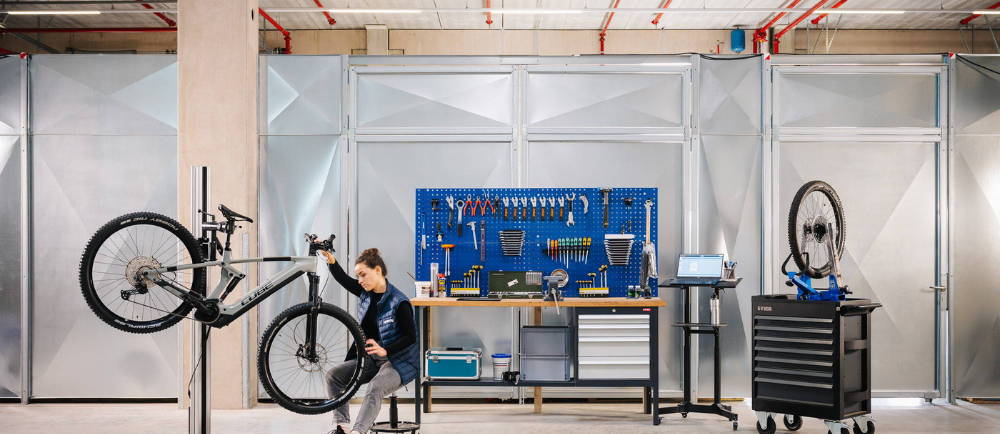
What to Expect From an Electric Bike Tune-Up
Professional e-Bike technicians can help prolong the life of your electric bike with a tune-up, also known as an e-Bike service. Tune-ups are more than just inspections; they include repair and alignment services to keep your e-Bike road-worthy and extend its service life.
On average, electric bike tune-ups cost $100 to $300. However, the cost of a tune-up varies depending on the shop, the number of parts requiring service, and the time spent working on your bike.
When requesting a professional tune-up, you can typically expect the following services:
Drivetrain service
Your e-Bike’s drivetrain assembly includes many essential parts, such as the chain, chainring, front and rear gears, derailleurs, shift cables, and pedal cranks.
A professional e-Bike technician will disassemble and inspect each part to assess their condition. The more you use an e-Bike, the more the chain will wear out the cassette and gears. Other drivetrain parts are also subjected to gradual wear and tear, eventually making lubrication ineffective. e-Bike technicians will replace drivetrain parts to restore its original functionality, restoring your e-Bike’s factory performance.
The front and rear derailleurs will also be inspected to ensure they are functioning correctly and properly aligned. If one or both of your derailleurs are misaligned, the technicians will make the necessary adjustments.
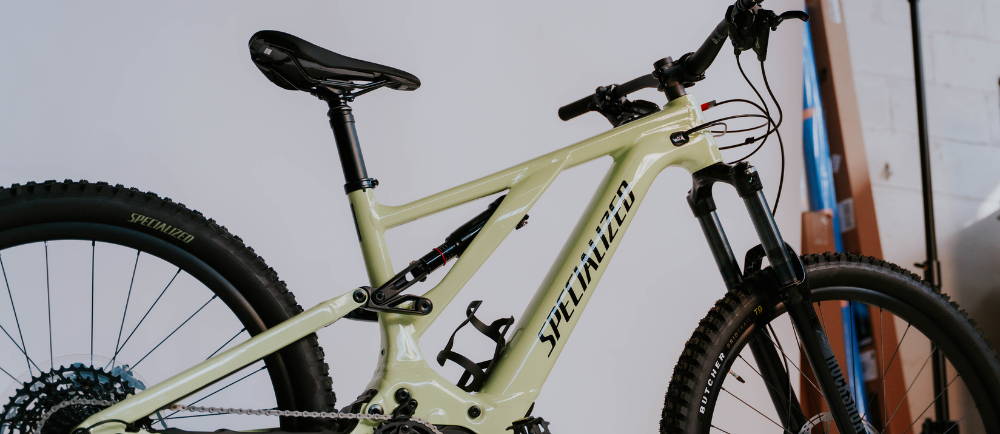
Brake service
Ensuring your brakes are in proper working order is crucial for your own safety and that of others. An e-Bike tune-up includes the following brake services:
- Brake system inspection: E-Bike technicians will disassemble and visually inspect your e-Bike’s brakes for signs of damage, wear and tear.
- Brake fluid services: If your e-Bike has a hydraulic braking system, a technician can check the brake fluid levels and give you a top-up if needed. They can also bleed the system and refill it to remove air bubbles and contaminants, which can reduce braking power.
- Brake parts replacement: Brake pads and rotors wear out over time and require periodic replacement. Professional technicians can determine which parts need to be replaced and install new brake elements as needed.
- Brake caliper alignment: Technicians will inspect the alignment of your brake calipers and ensure they properly contact the rotors. Misaligned calipers can make your braking inconsistent or pull it to one side when braking. A technician has the resources to inspect and realign your calipers if necessary.
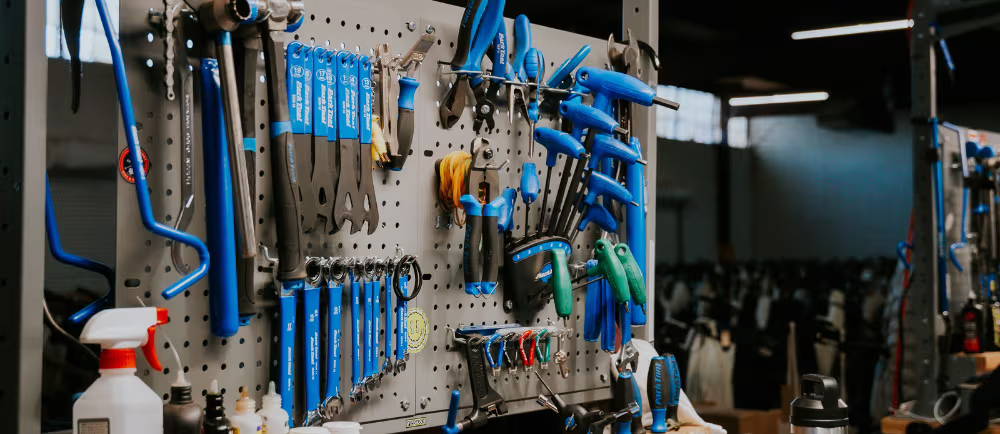
Wheel and tire service
Electric bike technicians can ensure your wheels and tires are functioning correctly. They can disassemble wheels from your e-Bike safely, disconnecting the hub motor if applicable, to inspect the condition of your tires and wheels.
- Tire inspections and replacements: Technicians will check your tires for wear, tear, damage, and pressure, including the valves and inner tubes. If one or both of your tires are overly worn out or damaged, they will install replacements as needed.
- Wheel truing: A wheel truing service consists of an adjustment of your e-Bike’s spokes. A technician will adjust the level of tension in each spoke to ensure it is true, meaning perfectly round and straight. You may need a wheel truing service if your tires are wobbling or shaking while riding.
- Hub inspection and adjustments: A technician will inspect your bike’s hubs to ensure the bearings are correctly adjusted, allowing the hub to rotate smoothly. If the hub has any looseness, play or unexpected resistance, technicians may adjust or replace your hub bearings to restore its original performance.
Battery and motor check-ups
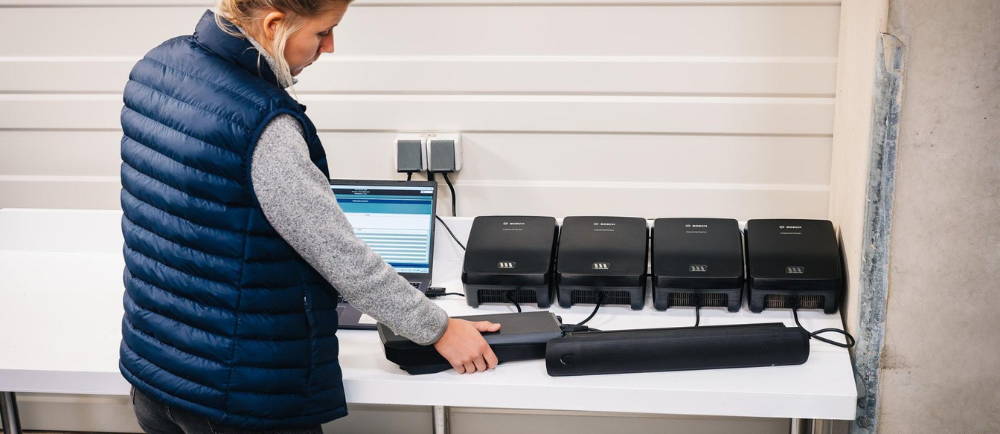
If your electric motor is not performing as expected or your e-Bike is experiencing battery or onboard software issues, an e-Bike technician can help with various check-ups and services.
- Battery health checks: Professional technicians can conduct a health check on the battery to determine its condition and help you know whether it needs to be replaced. They can also give you battery maintenance tips tailored to your make and model.
- Electric motor servicing: More rarely, some electric motors can experience issues. An e-Bike tune-up includes thoroughly inspecting the motor housing, bearings, sensors, and electrical connections.
If needed, e-Bike technicians may also conduct electric motor recalibration, ensuring it delivers the correct amount of torque. If your electric motor is failing or beyond repair, technicians can, if needed, replace it entirely and install a brand-new unit on your e-Bike.
Find Certified Pre-Owned Electric Bikes at Upway
Key Takeaways
- Routine maintenance: Cleaning, brake checks, and battery care keep your e-Bike safe, efficient, and long-lasting.
- Seasonal upkeep is essential: Sand, snow, and salt can accelerate wear if not cleaned off properly.
- Professional tune-ups every several months can catch early issues and restore full performance, helping you avoid costly repairs later.


